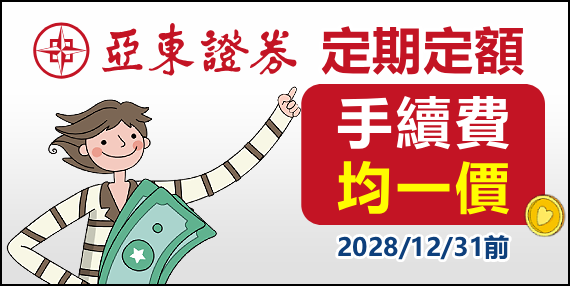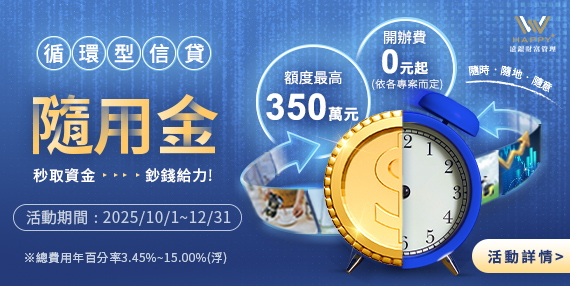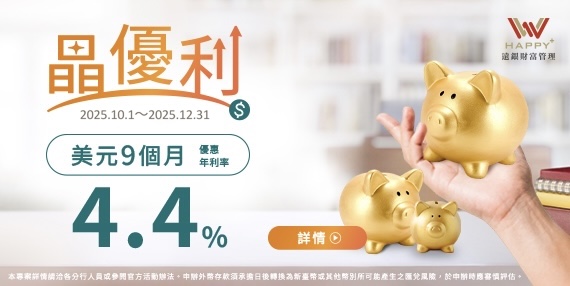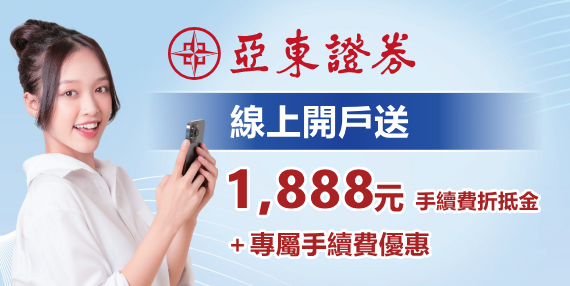05.2021 Life Guide
Does a employee's borrowing from the company belong to a loan?
Far eastern New Century Corporation (China) / Tang Siyu
In the process of performing official duties, office workers inevitably need to pay relevant fees. Through the story of pony, this article will invite you to have a deep understanding of how to distinguish your expenses from borrowing or borrowing? What is the difference between the two?
Brief introduction to the case
A medical equipment company signed a labor contract with Xiaoma, hired Xiaoma as the manager of Heilongjiang District, and acted as the sales agent of the company in Heilongjiang Province. The contract is a fixed term labor contract, valid for one year. In the contract, labor remuneration, job responsibilities and other matters are also stipulated. Since then, due to the need of the medical equipment company to expand its marketing business, Xiaoma applied to the company for a loan of intermediary service fee, and issued an IOU, which stated: "today, Xiaoma borrows two hundred thousand yuan in cash from the company, and the repayment period is within six months."
On the same day, the medical equipment company lent $200000 to pony through bank transfer. After the payment is due, Xiaoma fails to repay it. The medical equipment company considers that the above-mentioned money is Xiaoma's personal loan and asks him to repay it, while Xiaoma considers that the money is the intermediary service fee borrowed and has been paid to the outsider. In case of dispute, both parties sue to the court.
Referee's result
After hearing, the court held that the focus of dispute in the case was the determination of the nature of the 200000 yuan involved in the case. According to the analysis of the loan slip, labor contract, performance appraisal form, telephone recording and other evidence submitted by the plaintiff and the defendant, it can be concluded that there is a labor contract relationship between the two parties. Xiaoma is the sales manager of Heilongjiang District of the medical equipment company. It has been indicated from the bank transfer and financial documents provided by the medical equipment company that the disputed amount of 200000 yuan is a loan, And the behavior occurred during the period of pony's tenure; According to the intermediary agreement, Xiaoma paid the above loan to the outsider, but so far, it has not fulfilled the company's financial reimbursement offset procedures. It can be proved that the above-mentioned disputed money is a loan, not a loan. It belongs to the intermediary service fee paid by pony to fulfill the company's market business development. In conclusion, the court rejected all the claims of the medical equipment company.
Case analysis
"Private lending" is a kind of loan contract. According to Article 667 of the civil code, a loan contract is a contract in which the borrower borrows money from the lender, repays the loan and pays interest when due. The most important components of the legal relationship are two points: first, the agreement between the two parties to borrow; Second, the actual delivery of money. Private lending is a civil act in which the borrower borrows money for personal purposes for his own interests. It is a civil legal relationship between equal civil subjects.
"Borrowing" refers to the internal financial behavior of the company. It is a kind of behavior in which the staff advances a certain amount of money to the financial department of the company for handling the affairs of the company and reimburses it according to the actual situation after handling. In other words, borrowing is based on the relationship between management and being managed, service and being served between the unit and the workers. It is an act done to perform work duties, not for personal interests.
In this case, the court fully verified the process and reasons of obtaining the funds, investigated the use of the loan indicated by the individual when applying to the unit, the use stated in the internal process of the unit, and the actual flow direction and actual use of the funds, especially the corresponding contract basis, transfer records, settlement methods and forms when the funds are paid to a third person, After the relevant materials such as whether the case has been reimbursed or not, the 200000 yuan involved in the case will be identified as a loan, and identified as an internal loan rather than a private loan.
When distinguishing between private lending and borrowing, we should focus on the following aspects, such as: whether the intention expression of both parties in the process of lending or borrowing includes the agreement on the specific purpose of the money, whether the two parties agree to return the loan regularly after the loan, or write off according to the actual situation after the official affairs are handled, etc; The actual trend of payment includes the transfer process of corresponding payment, such as indicating the purpose of the payment in the case of specific transfer or cash payment or collection, the reason and purpose of the final payment to the third party, the relevance between the reason of payment to the third party and the borrower or lender, and whether the payment has been reimbursed, etc. Therefore, the qualitative problem of employees' borrowing from the company and the company's financial transfer behavior should be defined in combination with the expression of intention between employees and the company, as well as the use of money.
In order to avoid disputes between employees and the company, the borrowing procedures should be strictly implemented, such as:
1. The borrower, department and purpose shall be clearly written in the debit and disbursement form and submitted to relevant leaders for signature and approval.
2. Give the debit slip to the cashier to collect the money.
3. Deliver the cash or check to the opposite party of the company's business, and retrieve the corresponding invoice or receipt.
4. Fill in the reimbursement form, write down the purpose and amount, and submit the relevant tickets to the leaders for approval.
5. Hand over all materials to the cashier of the unit for verification and borrowing, and refund the excess and make up the deficiency.
#
Brief introduction to the case
A medical equipment company signed a labor contract with Xiaoma, hired Xiaoma as the manager of Heilongjiang District, and acted as the sales agent of the company in Heilongjiang Province. The contract is a fixed term labor contract, valid for one year. In the contract, labor remuneration, job responsibilities and other matters are also stipulated. Since then, due to the need of the medical equipment company to expand its marketing business, Xiaoma applied to the company for a loan of intermediary service fee, and issued an IOU, which stated: "today, Xiaoma borrows two hundred thousand yuan in cash from the company, and the repayment period is within six months."
On the same day, the medical equipment company lent $200000 to pony through bank transfer. After the payment is due, Xiaoma fails to repay it. The medical equipment company considers that the above-mentioned money is Xiaoma's personal loan and asks him to repay it, while Xiaoma considers that the money is the intermediary service fee borrowed and has been paid to the outsider. In case of dispute, both parties sue to the court.
Referee's result
After hearing, the court held that the focus of dispute in the case was the determination of the nature of the 200000 yuan involved in the case. According to the analysis of the loan slip, labor contract, performance appraisal form, telephone recording and other evidence submitted by the plaintiff and the defendant, it can be concluded that there is a labor contract relationship between the two parties. Xiaoma is the sales manager of Heilongjiang District of the medical equipment company. It has been indicated from the bank transfer and financial documents provided by the medical equipment company that the disputed amount of 200000 yuan is a loan, And the behavior occurred during the period of pony's tenure; According to the intermediary agreement, Xiaoma paid the above loan to the outsider, but so far, it has not fulfilled the company's financial reimbursement offset procedures. It can be proved that the above-mentioned disputed money is a loan, not a loan. It belongs to the intermediary service fee paid by pony to fulfill the company's market business development. In conclusion, the court rejected all the claims of the medical equipment company.
Case analysis
"Private lending" is a kind of loan contract. According to Article 667 of the civil code, a loan contract is a contract in which the borrower borrows money from the lender, repays the loan and pays interest when due. The most important components of the legal relationship are two points: first, the agreement between the two parties to borrow; Second, the actual delivery of money. Private lending is a civil act in which the borrower borrows money for personal purposes for his own interests. It is a civil legal relationship between equal civil subjects.
"Borrowing" refers to the internal financial behavior of the company. It is a kind of behavior in which the staff advances a certain amount of money to the financial department of the company for handling the affairs of the company and reimburses it according to the actual situation after handling. In other words, borrowing is based on the relationship between management and being managed, service and being served between the unit and the workers. It is an act done to perform work duties, not for personal interests.
In this case, the court fully verified the process and reasons of obtaining the funds, investigated the use of the loan indicated by the individual when applying to the unit, the use stated in the internal process of the unit, and the actual flow direction and actual use of the funds, especially the corresponding contract basis, transfer records, settlement methods and forms when the funds are paid to a third person, After the relevant materials such as whether the case has been reimbursed or not, the 200000 yuan involved in the case will be identified as a loan, and identified as an internal loan rather than a private loan.
When distinguishing between private lending and borrowing, we should focus on the following aspects, such as: whether the intention expression of both parties in the process of lending or borrowing includes the agreement on the specific purpose of the money, whether the two parties agree to return the loan regularly after the loan, or write off according to the actual situation after the official affairs are handled, etc; The actual trend of payment includes the transfer process of corresponding payment, such as indicating the purpose of the payment in the case of specific transfer or cash payment or collection, the reason and purpose of the final payment to the third party, the relevance between the reason of payment to the third party and the borrower or lender, and whether the payment has been reimbursed, etc. Therefore, the qualitative problem of employees' borrowing from the company and the company's financial transfer behavior should be defined in combination with the expression of intention between employees and the company, as well as the use of money.
In order to avoid disputes between employees and the company, the borrowing procedures should be strictly implemented, such as:
1. The borrower, department and purpose shall be clearly written in the debit and disbursement form and submitted to relevant leaders for signature and approval.
2. Give the debit slip to the cashier to collect the money.
3. Deliver the cash or check to the opposite party of the company's business, and retrieve the corresponding invoice or receipt.
4. Fill in the reimbursement form, write down the purpose and amount, and submit the relevant tickets to the leaders for approval.
5. Hand over all materials to the cashier of the unit for verification and borrowing, and refund the excess and make up the deficiency.
#



















